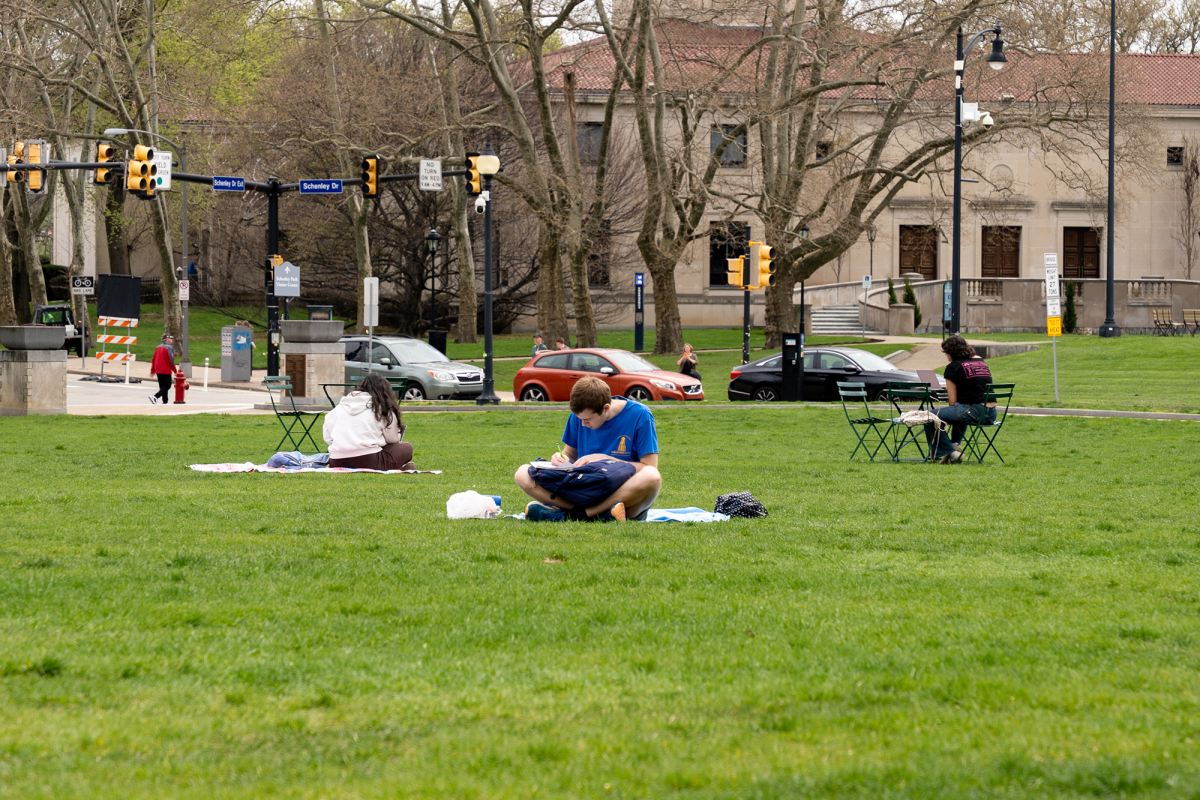As Decision Day quickly approaches, seniors are finalizing their choice of where to spend the next four years of their lives. At the same time, juniors are beginning to tour colleges and weigh multiple factors as they start their college searches.
It’s important to consider the obvious factors, such as tuition and room & board costs, academic quality, and campus reputation. However, the college experience is made up of many more often overlooked details. Thinking through these lesser-thought of factors can make a significant difference in how well a college fits your needs.
- Hidden costs. When considering and comparing the cost of colleges, some people only think to look at the tuition and room & board costs. However, there are several other smaller costs that are often overlooked. For example, the cost of laundry: some schools offer free laundry, while others charge $1.25 per load. Multiply that by so many weeks of on-campus living, and it becomes an inconvenience that adds up. Another hidden cost is the amount of fees. Many schools have a wellness fee, technology/internet fee, transportation fee, and some others. Also, some classes that require a lab may also carry additional charges. Compare the sums of each of these fees for the colleges you’re interested in rather than solely focusing on the cost of tuition and room & board.
- Textbook ease of access. College textbooks are notoriously expensive, and the cost will add up fast if you’re spending over a hundred dollars per textbook for multiple classes. Additionally, look into if the textbooks you need are available at the library or online, or if you will need to buy physical copies.
- How the school’s meal plan works and whether you will have access to a kitchen. Surprisingly, meal plan requirements differ at almost every school. Many require freshmen to purchase an unlimited meal plan, but others charge per swipe. If you can picture yourself not always wanting to go to the dining hall, it’s worth checking if your preferred dorm has a kitchen you can use, which will provide you with more flexibility around meals. Also, if you attend an Admitted Student Day at any of your top schools, make it a priority to try some of the school’s food at the dining hall if it’s an option. Some schools increase the quality of the food on these days, but you’ll get a general idea on the amount of variety of food offered.
- How generous the school is when accepting AP/CHS credits. This is a significant way to effectively save money. Current juniors can look up their college here to see if the schools they’re interested in accept credits for the CHS classes and AP tests they’ve paid for. Check each school’s policy to see how much credit you’ll actually receive when you start your undergrad classes. Depending on the school, you might be able to skip certain general ed classes or even graduate a semester or two early if you’ve earned enough credit during high school.
- Class size in your major. While the school’s student-to-faculty ratio is commonly advertised, it can often be misleading in terms of the classes you’ll be in for your specific major. For example, introductory biology classes may have over 100 students, while classes in niche majors like philosophy or art history may have fewer than 15. If small classes and individual attention are important to you, look beyond the general amount of students who attend per year and do some research for your intended major.
- Transportation accessibility. Most schools don’t allow freshmen to bring their cars, so it’s important to look into opportunities provided for transportation to ensure you won’t constantly be stuck on campus. Most schools offer a campus shuttle and some also provide free public transportation around the closest city. Easy access to buses can allow off-campus jobs and the opportunity to participate in recreational activities outside of campus, so make sure to look into transportation availability.
- Study abroad opportunities. If you’re interested in going abroad, look into the available programs and how the college supports them. Does the school offer scholarships or financial aid, or are students mostly paying out of their own pocket? Does the school allow you to earn credits while abroad, or is it a challenge to participate without delaying graduation?
Considering and comparing all these factors and more before making a decision may seem daunting. However, by looking beyond the obvious and considering these details, you can set yourself up to thrive academically, socially, and financially, and make the best of your upcoming four years.




Andrew McLaughlin • Apr 17, 2025 at 5:35 pm
The University of Pittsburgh is a great choice that easily fulfills all of these requirements. But beware! Some of the smaller colleges in the region may not necessarily check every one of these boxes. Hence, I think Rachel McLaughlin should go to Pitt.
adviser • Apr 20, 2025 at 7:53 pm
Rhetorical manipulation is strictly forbidden on The Uproar, Mr. McLaughlin, but your name sounds familiar, so we’re going to make a rare exception in this case.